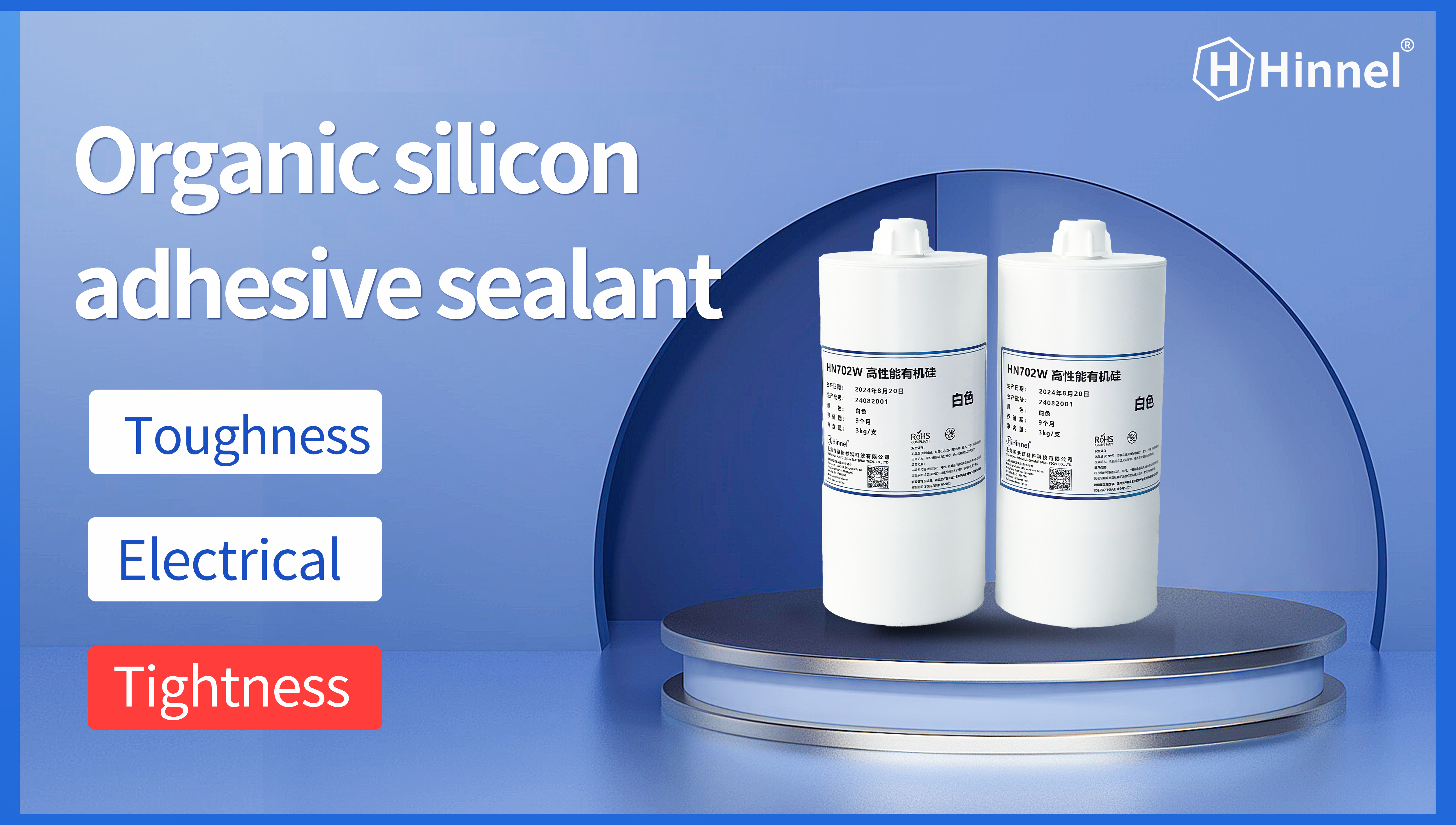Learn all about silicone sealant in one article
With the rapid development of industrial manufacturing and technology, silicone sealant materials have received widespread attention. As a high-performance material, it plays an indispensable role in many fields. Next, Shanghai Hinnel New Materials Technology Co., Ltd. will delve into the composition, curing process, and excellent performance of silicone sealants in practical applications.
Shanghai Hinnel
2025/04/29

Silicone sealant is a sealing material primarily composed of silicone polymers. Silicone polymers constitute the main body of silicone sealant, determining its basic performance characteristics. Compared with other common sealing materials, it possesses many unique advantages. Firstly, silicone sealant exhibits excellent high and low-temperature resistance, maintaining stable performance under extreme temperatures without cracking or hardening. Secondly, it has good chemical corrosion resistance, capable of withstanding erosion from various chemicals such as acids, alkalis, and salts. Furthermore, silicone sealant also possesses excellent electrical insulation properties, suitable for sealing various electrical equipment.
Silicone Sealant Its adhesive properties enable it to perform excellently in various sealing scenarios, such as:
1 In the packaging of electronic components, silicone sealant can closely adhere to the component surface, preventing the intrusion of moisture, dust, and other contaminants.
2 In the construction field, silicone sealant can be used for sealing windows, door seams, etc., effectively preventing wind and rain erosion.
3 In automotive manufacturing, silicone sealant can be used for sealing engine, transmission, and other components, improving the overall vehicle's sealing performance and durability.
Hinnel New Materials How to Use Silicone Sealant:
Pre-treatment: Clean the surface to be bonded or coated, removing rust, dust, and oil stains with a cleaning agent. It can achieve primerless bonding on various materials, such as glass, metal, and most commonly used industrial plastics.
Application: Cut the nozzle to the required size and insert it into the caulking gun. Squeeze the sealant onto the cleaned surface, ensuring even distribution. When bonding, simply close and secure it against the surface to be bonded. At room temperature, 55 % relative humidity, 15 minutes “ Skin Formation ” Therefore, all processing must be completed before skin formation.

Curing: After the sealant forms a skin, it continues to cure from the surface inward. Within 24 hours ( At room temperature, 55 % relative humidity, ) the sealant will cure to a depth of approximately 2-3mm . Deeper layers, especially areas where moisture from the air is difficult to reach, require more time to achieve complete curing. Curing time is longer at lower humidity. When handling and packaging bonded parts, users are advised to wait long enough to ensure that the bonding and sealing are not affected. This depends on many factors; the user should determine the appropriate time for each specific application.
Note: After operation, unused sealant should be sealed for storage. If there is a slight skin formation on the seal upon reuse, simply remove it; this will not affect normal use.
Silicone sealant has broad application prospects and market demand. Quickly understanding the basic characteristics, application fields, and construction methods of silicone sealant will help industry professionals better select and apply this material. For more information on silicone sealant product performance and related information please visit the Hinnel website for details.
> Recommend reading
Epoxy structural adhesive: professional bonding, high-performance, wide application
Shanghai Hinnel
2025/06/04
Sealing and protection applications of silicone gel in electronic components
Shanghai Hinnel
2025/05/29
Shanghai Hinnel
2025/05/27










